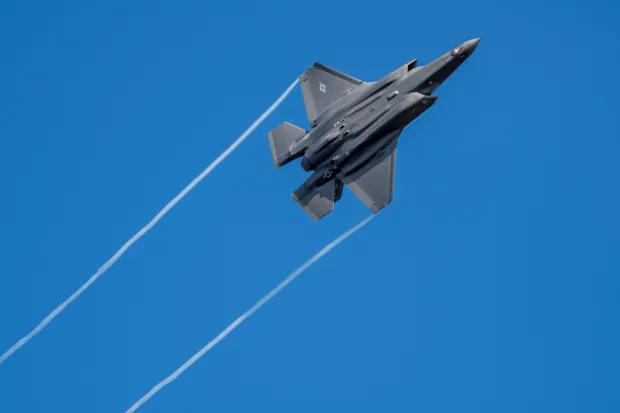In the world of aerospace and defense, two giants stand out: Pratt & Whitney and Lockheed Martin. These companies not only shape the trajectory of military and commercial aviation but also significantly influence technological advancements and economic landscapes globally.
Core businesses and product lines
Pratt & Whitney
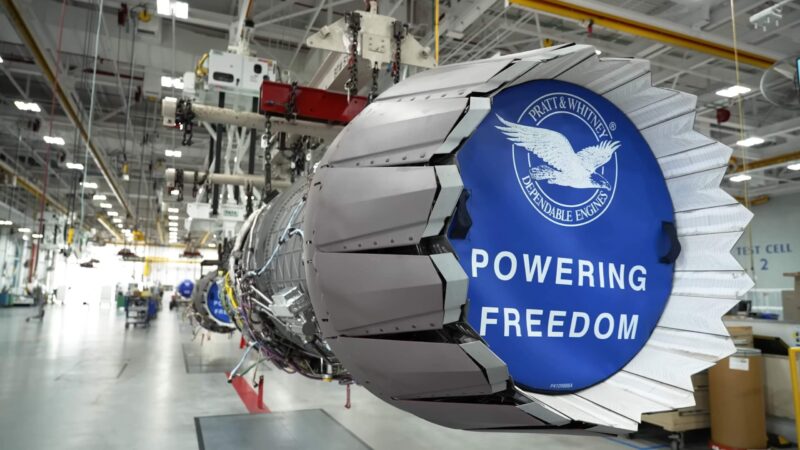
Pratt & Whitney is renowned for its jet engines and power generation systems. Key products include:
- Geared turbofan engines: Revolutionizing fuel efficiency and noise reduction in commercial aviation. These engines are notable for their advanced gear system that allows the fan to operate at a different speed than the compressor, enhancing overall efficiency. Airlines appreciate these engines for their reduced fuel costs and lower emissions, making them a preferred choice for new-generation aircraft.
- F135 and F119 engines: Powering advanced military aircraft like the F-35 and F-22. The F135 is the engine behind the F-35’s exceptional performance capabilities, including its ability to conduct short takeoffs and vertical landings. The F119, known for its thrust vectoring technology, provides unmatched maneuverability and speed to the F-22 Raptor.
- Industrial gas turbines: Used in large-scale power plants. These turbines are designed for high efficiency and reliability, supporting electricity generation in remote and urban settings alike. Their adaptability to a range of fuels and environmental conditions makes them essential for global energy infrastructure.
Lockheed Martin
Lockheed Martin’s operations are broader, encompassing four main business segments:
-
Aeronautics
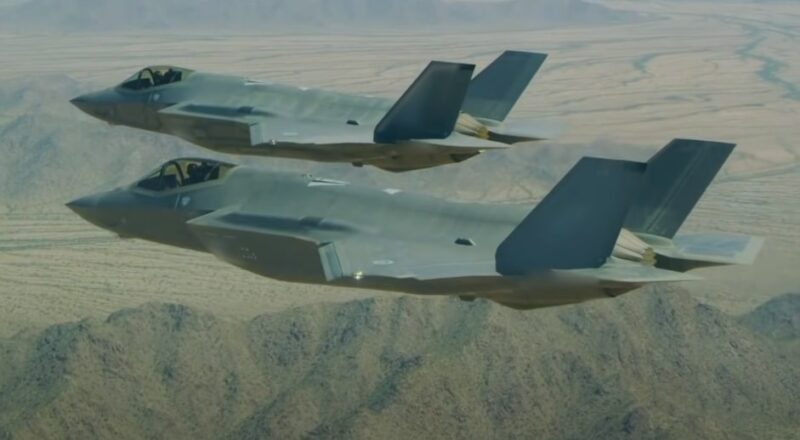
Including the renowned F-35 program, which is pivotal to numerous allied military strategies worldwide. The F-35 not only offers stealth capabilities but also integrates advanced avionics and sensor systems to provide pilots with a decisive advantage in combat.
The program’s international partners and customers contribute to its status as one of the largest military aircraft programs in the world.
-
Missiles and fire control
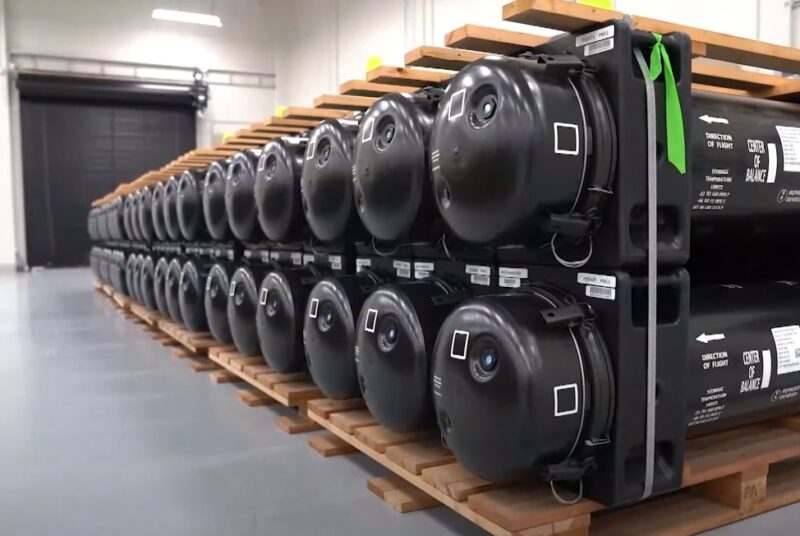
Delivering comprehensive missile systems and fire control solutions. This segment provides state-of-the-art capabilities for ground, air, and sea-based platforms, ensuring precision in high-stakes environments. Their systems are crucial in modern warfare, where electronic warfare and precision are paramount.
-
Rotary and mission systems
Providing sophisticated maritime systems, including the Aegis combat system and littoral combat ships. These systems are integral to naval defense, offering capabilities from anti-missile defense to submarine warfare. The flexibility and technological sophistication of these systems help maintain maritime security in volatile regions.
-
Space
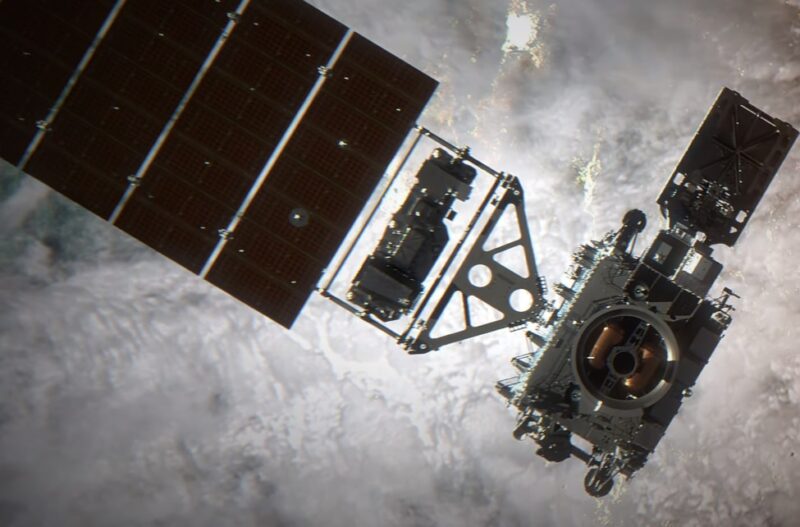
Developing satellite systems and space exploration technologies, such as the Mars Perseverance rover. Lockheed Martin’s contributions to space exploration extend beyond hardware to include the development of software and integration services that support missions to Mars and other celestial bodies.
Their involvement in satellite technology also plays a critical role in global communications and geospatial intelligence.
Market presence and strategy
Pratt & Whitney has a robust presence in both commercial and military aviation markets. It has leveraged strategic partnerships and innovation in engine technology to maintain a competitive edge.
The adoption of its Geared Turbofan engines in commercial airlines around the world exemplifies its market influence and commitment to advancing environmentally responsible technologies.
The company’s approach to market integration focuses on global service networks and maintenance facilities to support their engines in service, enhancing customer satisfaction and operational reliability.
Lockheed Martin, on the other hand, has a broad market scope with significant stakes in global defense, space exploration, and cybersecurity. Its strategy focuses on maintaining technological leadership and fostering strong government relationships to secure large-scale defense contracts, like those for the F-35 program, ensuring long-term revenue streams.
The company also actively seeks to expand its influence in cyber domains, recognizing the growing importance of cyber defenses in both civilian and military contexts.
Financial health and performance
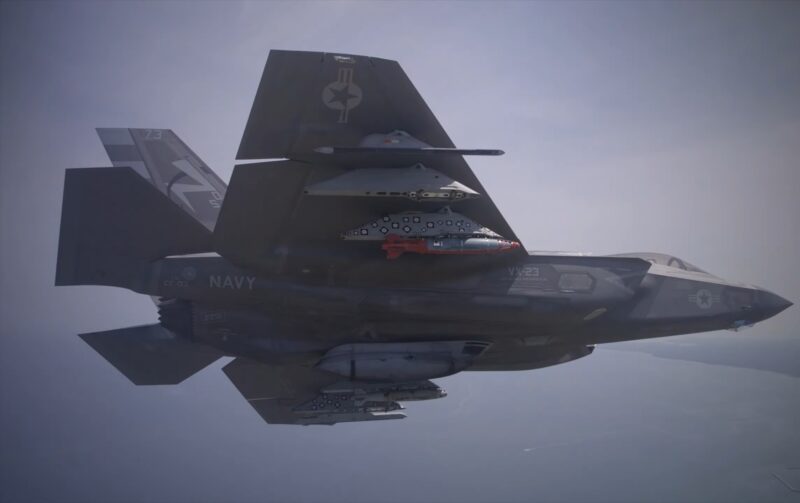
Both companies are powerhouses financially.
Pratt & Whitney benefits from the diverse applications of its engines and the ongoing demand for commercial air travel and military upgrades. The company’s investment in next-generation engine technologies ensures it stays ahead of stringent environmental regulations and evolving market needs.
Pratt & Whitney’s strategic partnerships across various sectors reinforce its financial stability and drive growth.
Lockheed Martin‘s extensive portfolio and significant government contracts provide a stable financial outlook, underscored by strategic investments in future technologies and expansion into new markets.
The company’s ability to secure multi-year contracts not only stabilizes its revenue streams but also supports consistent investment in research and development, ensuring long-term technological advancement and market leadership.
Innovations and future prospects
Pratt & Whitney continues to push the boundaries of jet engine performance, focusing on sustainability and efficiency. Its advancements in adaptive engine technology promise to redefine propulsion systems in both commercial and military aviation.
The company is also exploring hybrid-electric propulsion technologies that could revolutionize air travel by reducing carbon emissions and operating costs.
Lockheed Martin invests heavily in next-generation technologies, including artificial intelligence, hypersonic weapons, and space travel. Its role in NASA’s Artemis program positions it at the forefront of the new space race.
Lockheed Martin’s investments in AI are aimed at enhancing the capabilities of unmanned systems and advancing autonomous operations, critical components of modern warfare and aerospace industries.
In summary
Pratt & Whitney is all about pushing boundaries with engine designs. Meanwhile, Lockheed Martin has their hands in all sorts of defense and space stuff. They’re like the masterminds shaping what’s ahead. Both companies are total leaders in their industries.
But it’s more than that – their work is the type that changes how we see things! Not just planes and security, but our whole world and what’s out there beyond the sky too. When you’ve got visionaries designing new tech and strategies, it gets your mind wandering to all the possibilities.


